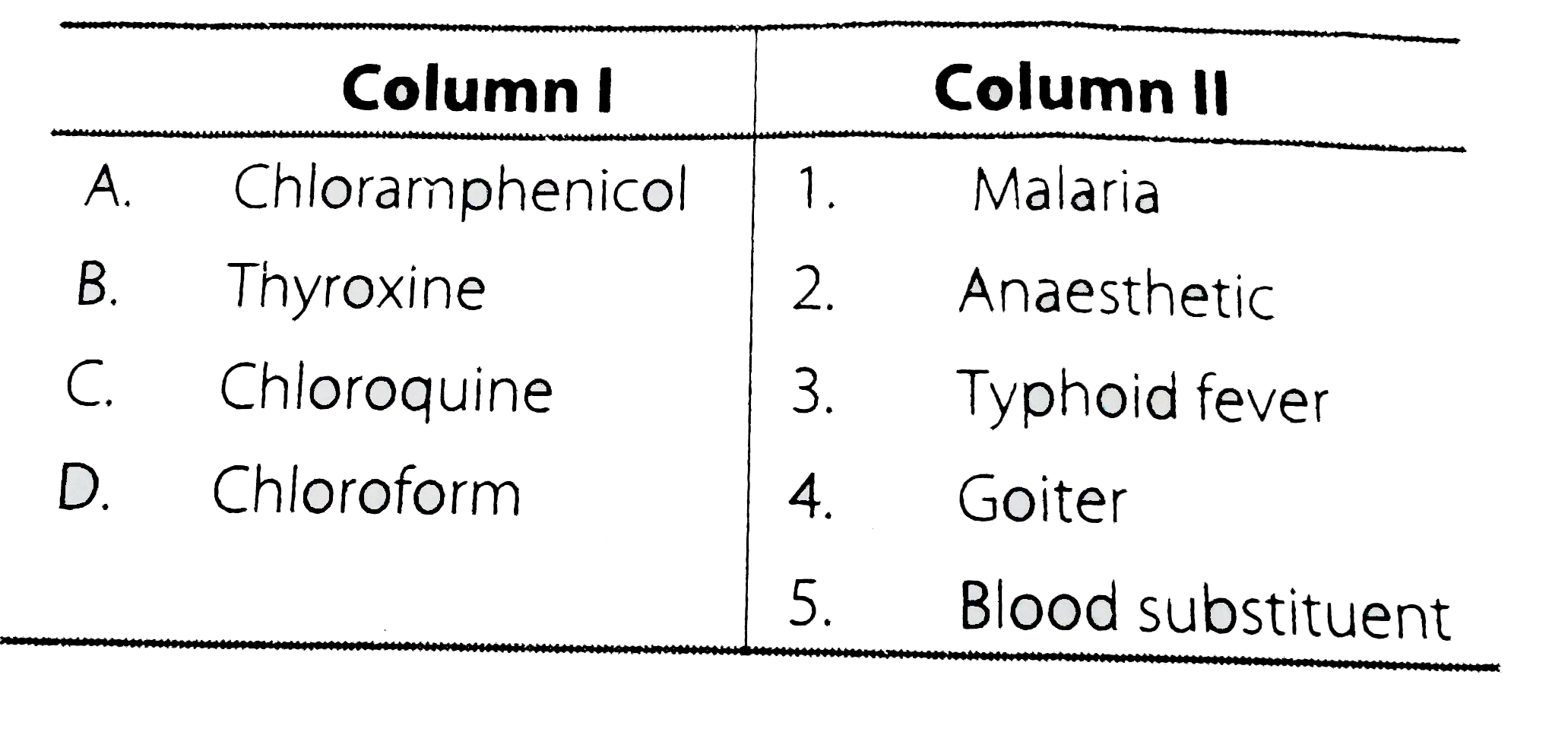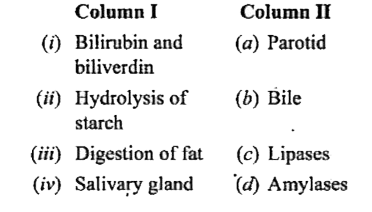Match the pollutants in column I with the effects in column II.

Text Solution
The correct Answer is:(i)-(d),(ii)-(e),(iii)-(a),(iv)- (c ),(v)-(b)
(i)Oxides of sulphur result in respiratory diseases
(ii) NO2 causes red haze in traffic and congested areas
(iii) CO2 results in global warming
(iv)Excess nitrate in drinking water causes blue baby syndrome which may be linked to stomach cancer
|
Topper's Solved these Questions
- ENVIRONMENTAL CHEMISTRYBOOK - PRADEEPCHAPTER - ENVIRONMENTAL CHEMISTRYEXERCISE - NCERT EXEMPLAR PROBLEMS (ASSERTION AND REASON TYPE QUESTIONS)
7 Videos
- ENVIRONMENTAL CHEMISTRYBOOK - PRADEEPCHAPTER - ENVIRONMENTAL CHEMISTRYEXERCISE - NCERT EXEMPLAR PROBLEMS (LONG ANSWER TYPE QUESTIONS)
5 Videos
- ENVIRONMENTAL CHEMISTRYBOOK - PRADEEPCHAPTER - ENVIRONMENTAL CHEMISTRYEXERCISE - NCERT EXEMPLAR PROBLEMS (SHORT ANSWER)
18 Videos
- CLASSIFICATION OF ELEMENTS AND PERIODICITY IN PROPERTIES BOOK - PRADEEPCHAPTER - CLASSIFICATION OF ELEMENTS AND PERIODICITY IN PROPERTIES EXERCISE - Competition Focus (Jee Main and Advanced / Medical Entrance ) ( Assertion - Reason Type Question ) (Type II)
12 Videos
- EQUILIBRIUMBOOK - PRADEEPCHAPTER - EQUILIBRIUMEXERCISE - Competition Focus (VIII. Assertion-Reason Type Questions)
16 Videos
Similar Questions
Match the pollution(s) in column I with the effect(s) in column II.

View SolutionMatch the pollution(s) in column I with the effect(s) in column II.

View SolutionMatch the pollutants given in Column I with their effects given in Column II.

View SolutionMatch the pollutants given in Column I with their effects given in Column II.

View SolutionMatch the pollutants given in Column I with their effects given in Column II.

View SolutionMatch the compounds given in column I with the effects given in Column II

View SolutionMatch the compounds given in column I with the effects given in column II.
 .
.
View SolutionMatch the compounds given in column I with the effects given in Column II

View SolutionMatch the column I and column II.

View SolutionMatch the column I and column II.

View Solution
